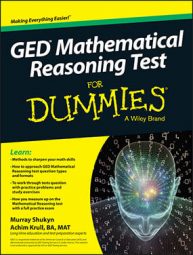The following practice questions ask you to calculate the odds of drawing a certain number in a lottery, and of drawing a certain card from a deck.
Practice questions
-
Harry was interested in the lottery draws and compiled the following table of winning numbers.
Assuming that there are 49 possible numbers in the set to be drawn, what are your chances of drawing a 1 in your first draw?
A. 1 in 343
B. 3 in 343
C. 3 in 7
D. 1 in 49
-
The probability of an event taking place, P, is equal to the number of ways a particular event can occur, N, divided by the total number of ways, M, or

To test this theory, a student removes all the picture cards from a 52-card deck with 4 cards representing each of 1 to 10. What is the probability that a card less than the number 6 will be drawn? (Aces are low in this case.)
Answers and explanations
-
D. 1 in 49.
If there are 49 possible numbers that can be drawn and 1 is one of the possibilities, your chances are 1 in 49 to draw 1 in your first draw. The table is extra information, and if you read the question carefully, you would see that the answer is in the question and not in the table.
-
1 in 40.
With the picture cards removed, 40 cards remain. Twenty of those cards are less than 6. The odds of drawing a card with a value less than 6 is 1 in 40.

